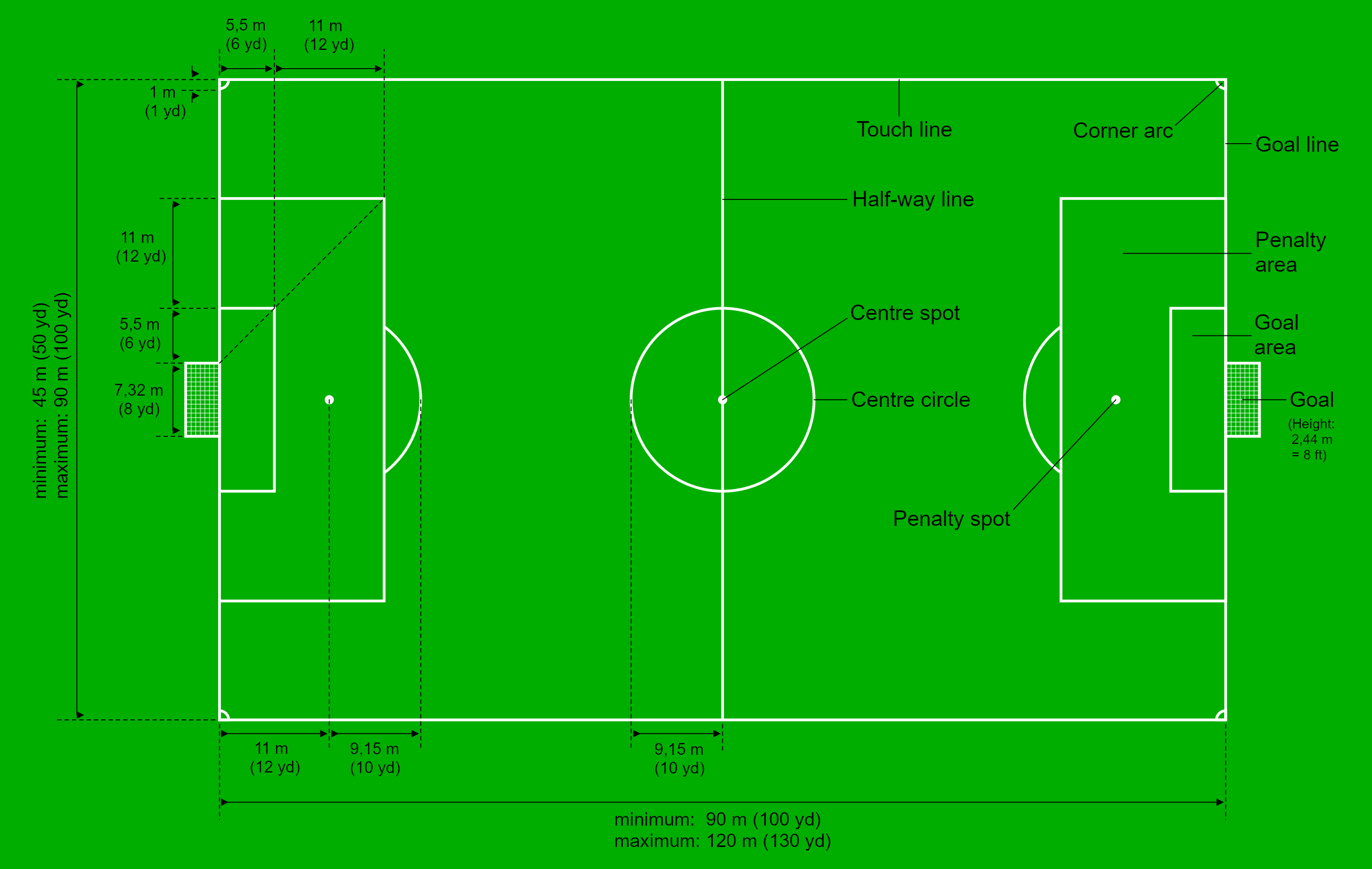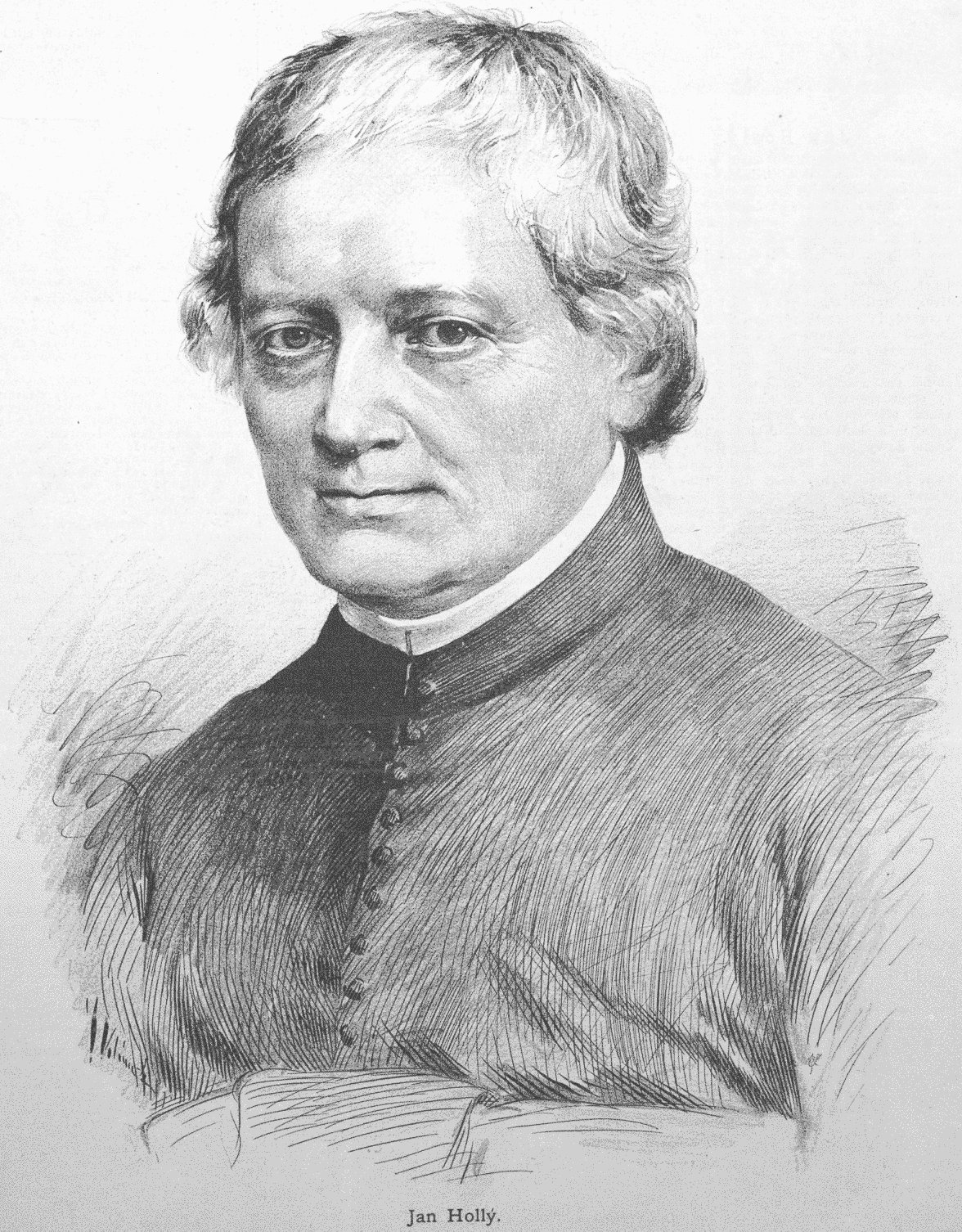|
Andrejová
Andrejová ( rue, Андріёва, uk, Андрійова, hu, Endrevágása) is a village and municipality in Bardejov District in the Prešov Region of Slovakia. The predominant religion is the Greek Catholic Church with 4.9% Eastern Orthodox. The Catholic Church of Virgin Mary the Protectrice of 1893 can be found in the village. The village lies at an altitude of 325 metres and covers an area of 11.679 km2. It has a population of about 362 inhabitants. The village is about 51% Slovak, 20% Rusyn, 16% Romany and 11% Ukrainian with minorities. The village used to have public library. There is a football pitch and volleyball playground. Genealogical resources The records for genealogical research are available at the state archive "Statny Archiv in Presov, Slovakia" * Roman Catholic church records (births/marriages/deaths): 1695-1895 * Greek Catholic church records (births/marriages/deaths): 1831-1900 (parish A) * Census records 1869 of Andrejova are not available at the ... [...More Info...] [...Related Items...] OR: [Wikipedia] [Google] [Baidu] |
List Of Municipalities And Towns In Slovakia
This is an alphabetical list of the 2,891 obcí (singular ''obec'', "municipality") in Slovakia. They are grouped into 79 (''okresy'', singular ''okres''), in turn grouped into 8 regions (''kraje'', singular ''kraj''); articles on individual districts and regions list their municipalities. * Ábelová * |
Bardejov District
Bardejov District ( sk, okres Bardejov) is a district in the Prešov Region of eastern Slovakia. Until 1918, the district was part of Sáros County Sáros (- Hungarian, Slovak: ''Šariš'', Latin: ''comitatus Sarossiensis'', German: ''Scharosch'') was an administrative county (comitatus) of the Kingdom of Hungary. Its territory is now in northeastern Slovakia. Today, Šariš is only an infor ... an administrative entity Austria-Hungary. Municipalities References Districts of Slovakia {{Prešov-geo-stub ... [...More Info...] [...Related Items...] OR: [Wikipedia] [Google] [Baidu] |
List Of Sovereign States
The following is a list providing an overview of sovereign states around the world with information on their status and recognition of their sovereignty. The 206 listed states can be divided into three categories based on membership within the United Nations System: 193 member states of the United Nations, UN member states, 2 United Nations General Assembly observers#Present non-member observers, UN General Assembly non-member observer states, and 11 other states. The ''sovereignty dispute'' column indicates states having undisputed sovereignty (188 states, of which there are 187 UN member states and 1 UN General Assembly non-member observer state), states having disputed sovereignty (16 states, of which there are 6 UN member states, 1 UN General Assembly non-member observer state, and 9 de facto states), and states having a political status of the Cook Islands and Niue, special political status (2 states, both in associated state, free association with New Zealand). Compi ... [...More Info...] [...Related Items...] OR: [Wikipedia] [Google] [Baidu] |
Altitude
Altitude or height (also sometimes known as depth) is a distance measurement, usually in the vertical or "up" direction, between a reference datum and a point or object. The exact definition and reference datum varies according to the context (e.g., aviation, geometry, geographical survey, sport, or atmospheric pressure). Although the term ''altitude'' is commonly used to mean the height above sea level of a location, in geography the term elevation is often preferred for this usage. Vertical distance measurements in the "down" direction are commonly referred to as depth. In aviation In aviation, the term altitude can have several meanings, and is always qualified by explicitly adding a modifier (e.g. "true altitude"), or implicitly through the context of the communication. Parties exchanging altitude information must be clear which definition is being used. Aviation altitude is measured using either mean sea level (MSL) or local ground level (above ground leve ... [...More Info...] [...Related Items...] OR: [Wikipedia] [Google] [Baidu] |
Association Football Pitch
A football pitch (also known as soccer field) is the playing surface for the game of association football. Its dimensions and markings are defined by Law 1 of the Laws of the Game, "The Field of Play". The pitch is typically made of natural turf or artificial turf, although amateur and recreational teams often play on dirt fields. Artificial surfaces are allowed only to be green in colour. All line markings on the pitch form part of the area which they define. For example, a ball on or above the touchline is still on the field of play, and a foul committed over the line bounding the penalty area results in a penalty. Therefore, a ball has to completely cross the touchline to be out of play, and a ball has to wholly cross the goal line (between the goal posts) in order for a goal to be scored; if any part of the ball is still on or above the line, a goal is not scored and the ball is still in play. The field descriptions that apply to adult matches are described below. Bec ... [...More Info...] [...Related Items...] OR: [Wikipedia] [Google] [Baidu] |
Library
A library is a collection of materials, books or media that are accessible for use and not just for display purposes. A library provides physical (hard copies) or digital access (soft copies) materials, and may be a physical location or a virtual space, or both. A library's collection can include printed materials and other physical resources in many formats such as DVD, CD and cassette as well as access to information, music or other content held on bibliographic databases. A library, which may vary widely in size, may be organized for use and maintained by a public body such as a government; an institution such as a school or museum; a corporation; or a private individual. In addition to providing materials, libraries also provide the services of librarians who are trained and experts at finding, selecting, circulating and organizing information and at interpreting information needs, navigating and analyzing very large amounts of information with a variety of resources ... [...More Info...] [...Related Items...] OR: [Wikipedia] [Google] [Baidu] |
Ukrainians
Ukrainians ( uk, Українці, Ukraintsi, ) are an East Slavic ethnic group native to Ukraine. They are the seventh-largest nation in Europe. The native language of the Ukrainians is Ukrainian. The majority of Ukrainians are Eastern Orthodox Christians. While under the Polish–Lithuanian Commonwealth, the Austrian Empire, and then Austria-Hungary, the East Slavic population who lived in the territories of modern-day Ukraine were historically known as Ruthenians, referring to the territory of Ruthenia, and to distinguish them with the Ukrainians living under the Russian Empire, who were known as Little Russians, named after the territory of Little Russia. Cossack heritage is especially emphasized, for example in the Ukrainian national anthem. Ethnonym The ethnonym ''Ukrainians'' came into wide use only in the 20th century after the territory of Ukraine obtained distinctive statehood in 1917. From the 14th to the 16th centuries the western portions of the Europe ... [...More Info...] [...Related Items...] OR: [Wikipedia] [Google] [Baidu] |
Romani People
The Romani (also spelled Romany or Rromani , ), colloquially known as the Roma, are an Indo-Aryan ethnic group, traditionally nomadic itinerants. They live in Europe and Anatolia, and have diaspora populations located worldwide, with significant concentrations in the Americas. In the English language, the Romani people are widely known by the exonym Gypsies (or Gipsies), which is considered pejorative by many Romani people due to its connotations of illegality and irregularity as well as its historical use as a racial slur. For versions (some of which are cognates) of the word in many other languages (e.g., , , it, zingaro, , and ) this perception is either very small or non-existent. At the first World Romani Congress in 1971, its attendees unanimously voted to reject the use of all exonyms for the Romani people, including ''Gypsy'', due to their aforementioned negative and stereotypical connotations. Linguistic and genetic evidence suggests that the Roma origina ... [...More Info...] [...Related Items...] OR: [Wikipedia] [Google] [Baidu] |
Rusyns
Rusyns (), also known as Carpatho-Rusyns (), or Rusnaks (), are an East Slavic ethnic group from the Eastern Carpathians in Central Europe. They speak Rusyn, an East Slavic language variety, treated variously as either a distinct language or a dialect of the Ukrainian language. As traditional adherents of Eastern Christianity, the majority of Rusyns are Eastern Catholics, though a minority of Rusyns still practice Eastern Orthodoxy. Rusyns primarily self-identify as a distinct Slavic people and they are recognized as such in Croatia, Hungary, Poland, Romania, Serbia, and Slovakia, where they have official minority status. Alternatively, some identify more closely with their country of residence (i.e. Polish, Slovak), while others are a branch of the Ukrainian people. Rusyns are descended from an East Slavic population which inhabited the northeastern regions of the Eastern Carpathians. In those regions, there are several Rusyn groups, including Dolinyans, Boykos, Huts ... [...More Info...] [...Related Items...] OR: [Wikipedia] [Google] [Baidu] |
Slovaks
The Slovaks ( sk, Slováci, singular: ''Slovák'', feminine: ''Slovenka'', plural: ''Slovenky'') are a West Slavic ethnic group and nation native to Slovakia who share a common ancestry, culture, history and speak Slovak. In Slovakia, 4.4 million are ethnic Slovaks of 5.4 million total population. There are Slovak minorities in many neighboring countries including Austria, Croatia, Czech Republic, Hungary, Poland, Romania, Serbia and Ukraine and sizeable populations of immigrants and their descendants in Australia, Canada, France, Germany, United Kingdom and the United States among others, which are collectively referred to as the Slovak diaspora. Name The name ''Slovak'' is derived from ''*Slověninъ'', plural ''*Slověně'', the old name of the Slavs ( Proglas, around 863). The original stem has been preserved in all Slovak words except the masculine noun; the feminine noun is ''Slovenka'', the adjective is ''slovenský'', the language is ''slovenčina'' and ... [...More Info...] [...Related Items...] OR: [Wikipedia] [Google] [Baidu] |
Population
Population typically refers to the number of people in a single area, whether it be a city or town, region, country, continent, or the world. Governments typically quantify the size of the resident population within their jurisdiction using a census, a process of collecting, analysing, compiling, and publishing data regarding a population. Perspectives of various disciplines Social sciences In sociology and population geography, population refers to a group of human beings with some predefined criterion in common, such as location, race, ethnicity, nationality, or religion. Demography is a social science Social science is one of the branches of science, devoted to the study of societies and the relationships among individuals within those societies. The term was formerly used to refer to the field of sociology, the original "science of soc ... which entails the statistical study of populations. Ecology In ecology, a population is a group of organisms of ... [...More Info...] [...Related Items...] OR: [Wikipedia] [Google] [Baidu] |
Area
Area is the quantity that expresses the extent of a region on the plane or on a curved surface. The area of a plane region or ''plane area'' refers to the area of a shape or planar lamina, while ''surface area'' refers to the area of an open surface or the boundary of a three-dimensional object. Area can be understood as the amount of material with a given thickness that would be necessary to fashion a model of the shape, or the amount of paint necessary to cover the surface with a single coat. It is the two-dimensional analogue of the length of a curve (a one-dimensional concept) or the volume of a solid (a three-dimensional concept). The area of a shape can be measured by comparing the shape to squares of a fixed size. In the International System of Units (SI), the standard unit of area is the square metre (written as m2), which is the area of a square whose sides are one metre long. A shape with an area of three square metres would have the same area as three such squares. ... [...More Info...] [...Related Items...] OR: [Wikipedia] [Google] [Baidu] |






